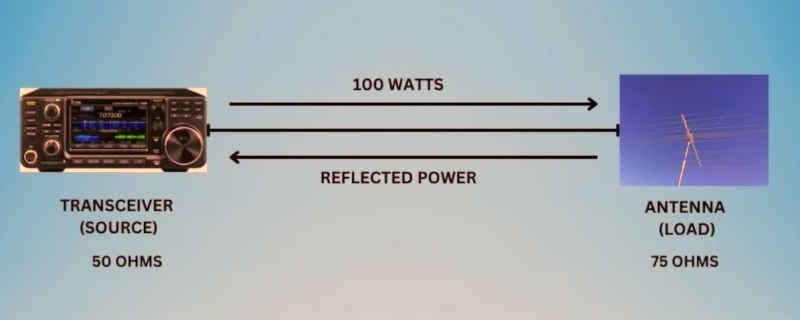
If you are involved in any sort of radio transmission, you probably have at least heard of SWR or standing wave ratio. Most transmitters can measure it these days and most ham radio operators have tuners that measure it, also. But what are you measuring? [KI8R] points out that if your coax has loss — and what coax doesn’t? — you are probably getting an artificially low reading by measuring at the transmitter.
The reason is that most common SWR-measuring instruments pick up voltage. If you measure, for example, 10V going out and 1V going back, you’d assume some SWR from that. But suppose your coax loses half the voltage (just to make an obvious example; if your coax loses half the voltage, you need new coax).
Now, you really have 5V getting to your antenna, and it returns 2V. The loss will affect the return voltage just like the forward voltage. Reflecting 2V from 5 is a very different proposition from reflecting 1V out of 10!
On the other hand, as [KI8R] points out, SWR isn’t everything. In the old days, you’d load your transmitter’s finals into just about anything. Now, solid-state rigs expect to drive a low SWR, or they will crank down the power to prevent the reverse voltage from damaging them.
Overall, it is a good talk about a subject that is often taken for granted. Of course, with cheap VNAs, you can easily measure SWR right at the antenna, often with disappointing results. If you have trouble visualizing standing waves, we know someone who can help.
